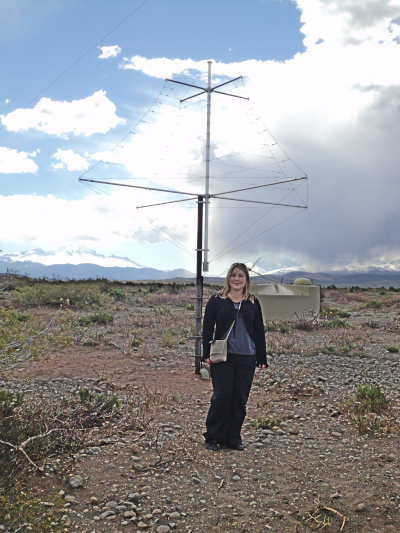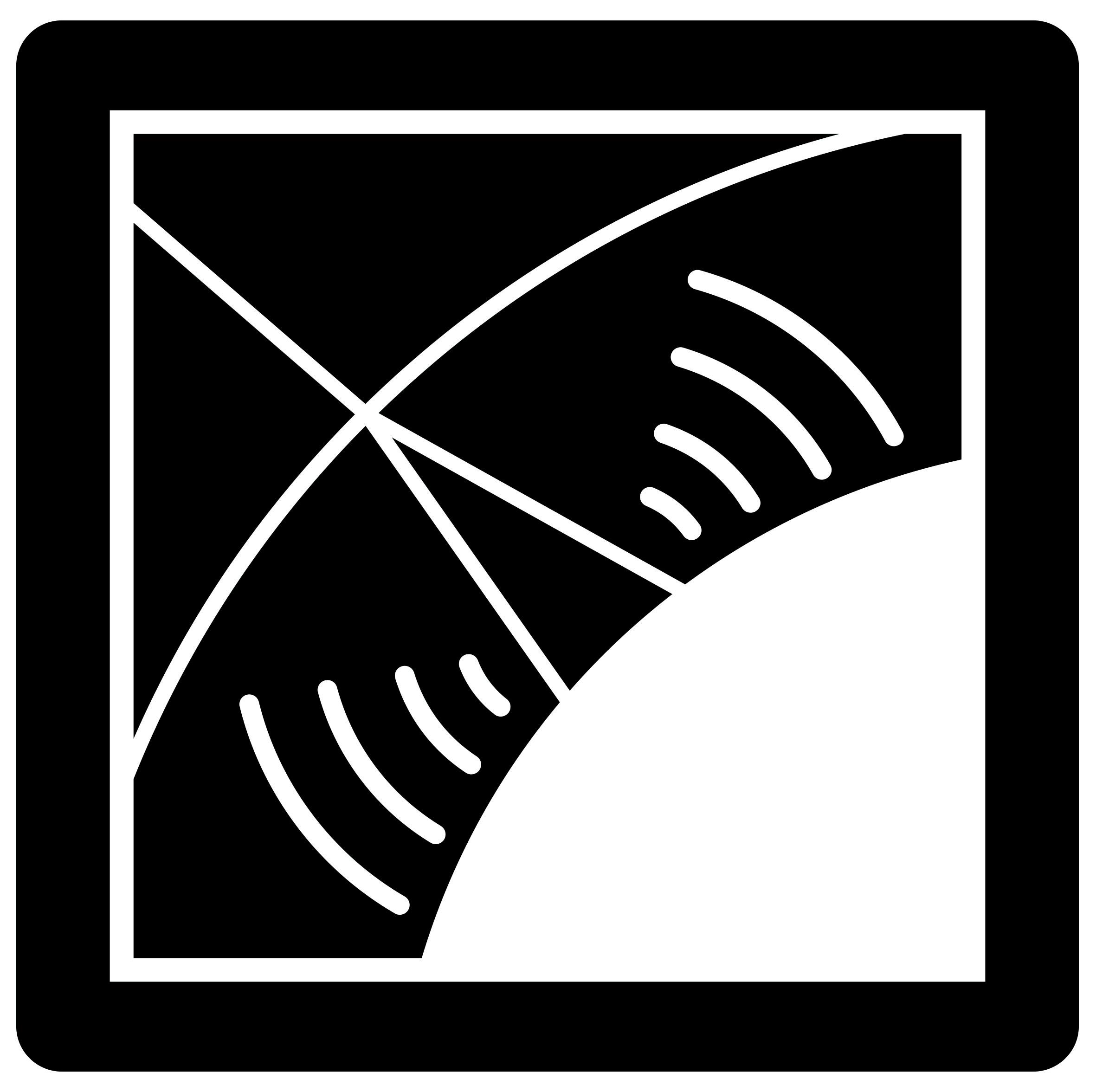2014: Jennifer Maller

After more than a century of studies, one of the challenging questions related to ultra-high energy cosmic rays concerns their nature, which remains unclear. Improving the knowledge about the composition of cosmic rays will permit to constrain the models concerning their origins and the production mechanisms in the astrophysical sources. Simulations show that, the electric field emitted by the shower is sensitive to its development. This electric-field can be measured with a high duty cycle, and thus is a promising technique to identify an observable sensitive to the nature of the primary cosmic ray. The radio signal is also used to measure its arrival direction and its energy. Since 2006, the Pierre Auger Observatory hosts several radio detection arrays of cosmic rays, starting from small size prototypes (RAuger, MAXIMA) to achieve a large scale array of 124 radio stations: AERA, the Auger Engineering Radio Array covering 6 km². These different arrays allow the study of the radio emission during the development of the shower in the MHz domain. AERA is deployed in the low energy extension of the Pierre Auger Observatory in order to have a larger statistics. It enables interesting hybrid measurements, with the comparison of radio observable with those obtained with the surface detector (SD) and the fluorescence telescopes close to the array. This thesis is dedicated to the characterization of the radio transient signals detected by RAuger and AERA. As one of the challenges of the radio detection of air-shower is to remove the anthropic background causing accidental triggering, methods for background rejection and SD-AERA coincidences selection have been developed. A study of the correlation between the shower development in the atmosphere (longitudinal profile) and the electric-field measured by the radio stations is also presented. This study shows the relationship between the electric-field and the shower development in the atmosphere and confirms that the radio signal is a powerful tool to study the nature of the ultra-high energy cosmic rays. Online access to his document (Thèses en ligne)
